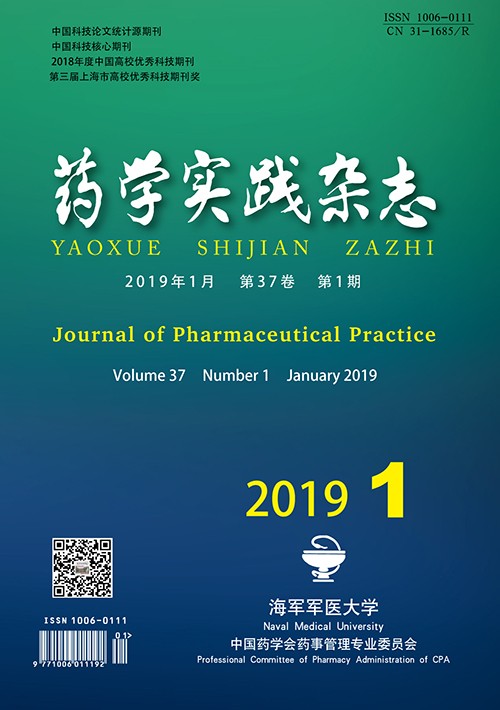|
[1]
|
CABRINI L,LANDONI G,ORIANI A,et al.Noninvasive ventilation and survival in acute care settings:a comprehensive systematic review and metaanalysis of randomized controlled trials[J].Crit Care Med,2015,43(4):880-888. |
|
[2]
|
杨婕,蔡元萍,胡建武,等.家庭无创机械通气对稳定期重度慢性阻塞性肺疾病患者的疗效观察[J].重庆医学, 2016, 45(17):2377-2379. |
|
[3]
|
RESTREPO R D,WALSH B K.Humidification during invasive and noninvasive mechanical ventilation:2012[J].Respir Care, 2012, 57(5):782-788. |
|
[4]
|
杜超英,王锋,敖冬梅,等.不同湿化液加入方式在无创通气中的效果观察及分析[J].华西医学, 2016(11):1869-1872. |
|
[5]
|
孙龙凤,代冰,王爱平.不同气道湿化方法应用于气管切开患者的效果比较[J].中华护理杂志, 2013(1):16-18. |
|
[6]
|
王艳莉,刘明涛,张旭霞,等.碳酸氢钠与甲硝唑在人工气道建立患者气道湿化中的临床应用[J].宁夏医学杂志, 2014(11):1006-1008. |
|
[7]
|
王晓慧,郑俊波,王希臻,等.碳酸氢钠作为机械通气患者气道湿化剂的临床研究[J].护理管理杂志, 2011(9):670-672. |
|
[8]
|
盛菊香.不同浓度碳酸氢钠溶液用于重度吸入性损伤患者气道护理的效果比较[J].护理学杂志, 2014(10):50-52. |
|
[9]
|
李苗.碳酸氢钠联合氨溴索对气管切开患者气道湿化的疗效观察[J].中国药师, 2016(12):2277-2279. |
|
[10]
|
庞建萍,伍惠玲,陈小军.痰液粘稠度对急性左心衰竭机械通气患者吸痰效果的影响[J].中国临床护理, 2017, 9(3):197-200. |
|
[11]
|
张挺,王睿铸,胡燕军,等.视觉模拟评分法在全膝关节置换术镇痛后应用体会[J].现代生物医学进展, 2011, 11(22):4362-4363. |
|
[12]
|
汤丽.四种不同气道湿化液对气管切开术后稀释痰液效果研究[D].太原:山西医科大学,2012. |
|
[13]
|
梁宝凤.两种湿化液对人工气道患者痰液流变学影响及湿化效果的比较[D].天津:天津医科大学,2016. |
|
[14]
|
KING M,ZAHM J M,PIERROT D,et al.The role of mucus gel viscosity,spinnability,and adhesive properties in clearance by simulated cough[J].Biorheology,1989,26(4):737-745. |
|
[15]
|
荣燕,江智霞,张天宏,等.气管切开术后气道湿化对痰液成分改变的相关性研究[J].护士进修杂志, 2011(2):111-114. |
|
[16]
|
齐凤娥,刘波,侯颖萍.经鼻腔湿化排痰法在老年慢性阻塞性肺疾病痰液潴留患者中的临床应用研究[J].中国全科医学, 2012(28):3253-3255. |
|
[17]
|
荣燕,江智霞,丁彩侠,等.不同气道湿化液对痰液粘稠度的定量研究[J].赤峰学院学报(自然科学版), 2017(1):44-46. |







 DownLoad:
DownLoad: